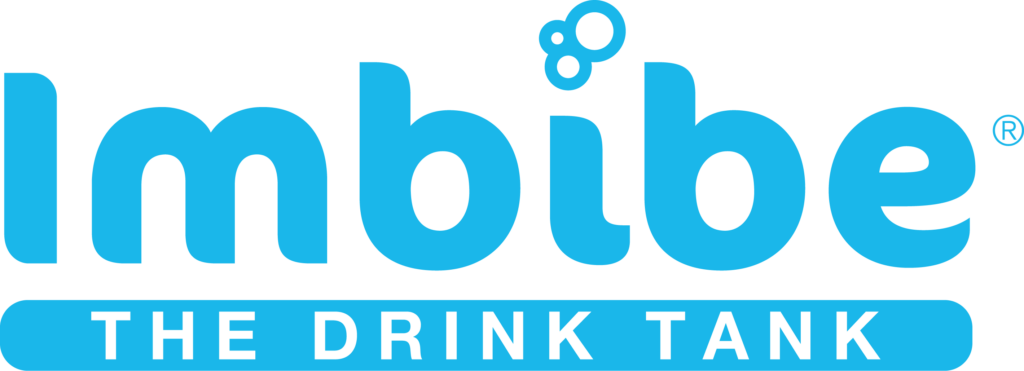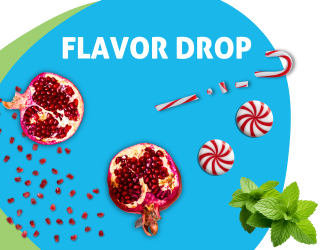 Refueling, hydrating and energizing are the functions most promoted on trending functional beverages in today’s marketplace. There is also a niche segment of beverages positioned as meal replacements. The primary function of the beverages is to nourish. As the name suggests, they are meant to replace a traditional sit-down meal and deliver a balanced profile of carbohydrates, fats and proteins, much like a consumer would obtain from meals developed following dietary guidelines.
Refueling, hydrating and energizing are the functions most promoted on trending functional beverages in today’s marketplace. There is also a niche segment of beverages positioned as meal replacements. The primary function of the beverages is to nourish. As the name suggests, they are meant to replace a traditional sit-down meal and deliver a balanced profile of carbohydrates, fats and proteins, much like a consumer would obtain from meals developed following dietary guidelines.
“If you market a product as a meal replacement beverage, you owe the consumer a meal replacement beverage, in terms of providing satiety, calories and macro- and micro-nutrients,” said Kim Folta, director of product development, Imbibe, Niles, Ill. “You cannot misrepresent the product. If the consumer is hungry in an hour or so, that’s not a meal replacement.”
There are distinct markets with different needs. There are medical foods, which are likely the original meal replacement beverages. Many of the beverages may carry dietary supplement labeling. These are products designed for people with specific nutritional needs, deficiencies or illnesses, including digestive disorders, nutrient absorption challenges or food allergies. Some such beverages may be designed for tube feeding and serve as a person’s sole source of nutrition.
Read full article on Food Business News.



